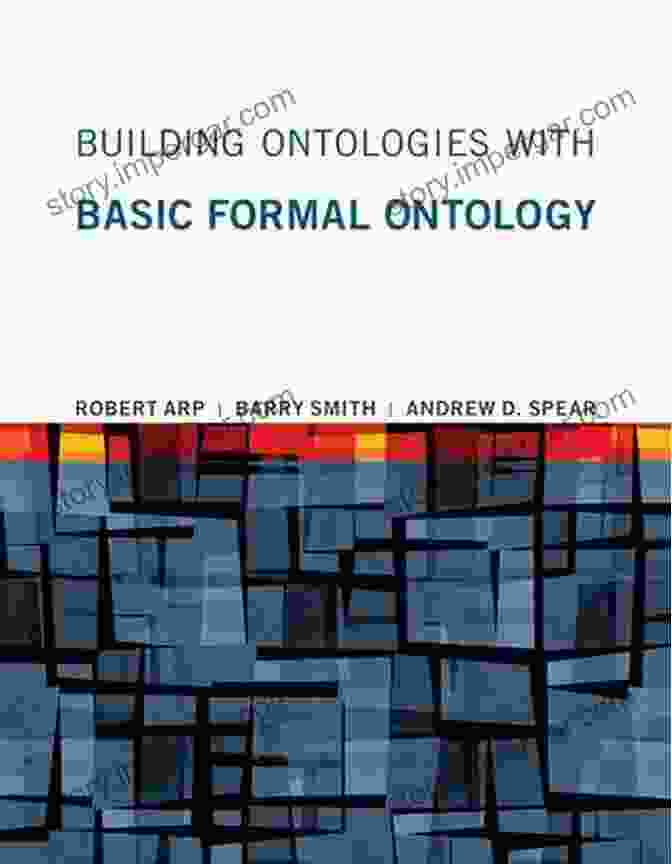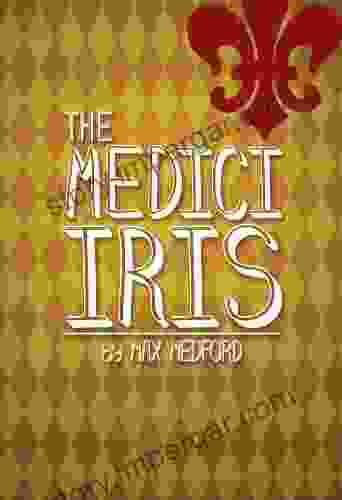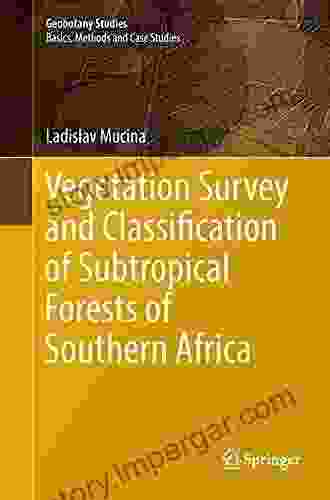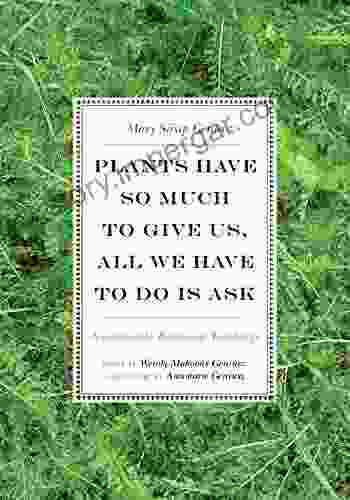Building Ontologies with Basic Formal Ontology: Unveiling the Architecture of Reality


In the realm of knowledge representation and management, ontologies play a vital role in organizing and structuring information, enabling machines and humans to understand and reason about the world. Among the various ontological frameworks, Basic Formal Ontology (BFO) stands out as a cornerstone of ontology engineering. The seminal work "Building Ontologies with Basic Formal Ontology" by Roberto Poli, Pascal Bourguet, and Richard Grenon has revolutionized the field, providing a comprehensive guide to developing ontologies grounded in BFO's rigorous philosophical foundations.
Understanding Basic Formal Ontology
At the heart of BFO lies the concept of a universe of discourse, which represents the totality of all entities and their relationships. BFO divides this universe into two fundamental categories:
4.7 out of 5
| Language | : | English |
| File size | : | 3676 KB |
| Text-to-Speech | : | Enabled |
| Screen Reader | : | Supported |
| Enhanced typesetting | : | Enabled |
| Word Wise | : | Enabled |
| Print length | : | 246 pages |
- Independent entities: Objects that exist independently of other entities, such as physical objects, events, and mental states.
- Dependent entities: Objects that depend on other entities for their existence, such as properties, relations, and roles.
BFO provides a set of axioms and postulates that govern the relationships between these entities, ensuring consistency and coherence in ontology design. It distinguishes between mereological relationships (part-whole),temporal relationships (earlier than, later than),and qualitative relationships (same as, different from).
Building Ontologies with BFO
The process of building ontologies with BFO involves several key steps:
- Identify the domain and scope: Define the specific area of knowledge that the ontology will cover and its intended purpose.
- Conceptualize the domain: Identify the main concepts and entities within the domain, including their properties and relationships.
- Formalize the ontology: Translate the conceptual model into a formal representation using a suitable ontology language, such as OWL or OBO.
- Validate the ontology: Perform logical and empirical checks to ensure the ontology is consistent, complete, and accurate.
- Apply the ontology: Use the ontology to support tasks such as data integration, knowledge management, and reasoning.
BFO serves as a guiding framework throughout this process, providing a shared vocabulary and set of principles that facilitate communication and collaboration among ontology developers.
Benefits of Using BFO
Incorporating BFO into ontology development offers several significant benefits:
- Formal foundation: BFO's philosophical underpinnings provide a solid foundation for ontology design, ensuring logical consistency and reducing ambiguity.
- Conceptual clarity: The clear distinction between independent and dependent entities allows for precise representation of complex concepts and relationships.
- Interoperability: By using a standardized framework, ontologies built with BFO can be more easily integrated and reused across different domains.
- Extensibility: BFO's modular design enables the incorporation of additional modules and extensions, allowing for customization and specialization of ontologies.
- Community support: A vibrant community of researchers and practitioners contributes to the ongoing development and refinement of BFO, providing resources and support for ontology engineers.
Applications of BFO
BFO has found widespread application in various domains, including:
- Biomedical informatics: Modeling biological entities and processes, facilitating data integration and knowledge discovery.
- Cultural heritage: Describing and organizing cultural artifacts, enabling preservation, access, and research.
- Environmental science: Representing environmental systems, supporting decision-making and policy development.
- Engineering: Modeling complex systems and products, improving design, manufacturing, and maintenance.
- Social sciences: Analyzing human societies and interactions, fostering interdisciplinary research and collaboration.
Case Studies: Exploring BFO in Practice
To illustrate the practical applications of BFO, let's delve into two real-world case studies:
- The Gene Ontology: BFO has played a pivotal role in the development of the Gene Ontology, a widely used resource that describes the functions of genes and gene products. By providing a clear distinction between entities and their functions, BFO has facilitated the systematic organization and annotation of biological data.
- The Semantic Web: BFO has been instrumental in shaping the development of the Semantic Web, a vision of a web of interconnected data and knowledge. By providing a common ontology for representing and sharing information, BFO has enabled the integration of data from diverse sources, unlocking new opportunities for knowledge discovery and collaboration.
"Building Ontologies with Basic Formal Ontology" is an invaluable resource for anyone involved in ontology engineering. It offers a comprehensive guide to BFO's foundational principles, methodologies, and applications. By embracing BFO, ontology developers can create coherent, interoperable, and extensible ontologies that drive innovation and advance our understanding of the world.
Whether you are a novice or an experienced ontology engineer, this book will empower you to unlock the full potential of ontologies and harness their power to organize, represent, and reason about knowledge in the digital age.
4.7 out of 5
| Language | : | English |
| File size | : | 3676 KB |
| Text-to-Speech | : | Enabled |
| Screen Reader | : | Supported |
| Enhanced typesetting | : | Enabled |
| Word Wise | : | Enabled |
| Print length | : | 246 pages |
Do you want to contribute by writing guest posts on this blog?
Please contact us and send us a resume of previous articles that you have written.
 Book
Book Novel
Novel Page
Page Chapter
Chapter Text
Text Story
Story Genre
Genre Reader
Reader Library
Library Paperback
Paperback E-book
E-book Magazine
Magazine Newspaper
Newspaper Paragraph
Paragraph Sentence
Sentence Bookmark
Bookmark Shelf
Shelf Glossary
Glossary Bibliography
Bibliography Foreword
Foreword Preface
Preface Synopsis
Synopsis Annotation
Annotation Footnote
Footnote Manuscript
Manuscript Scroll
Scroll Codex
Codex Tome
Tome Bestseller
Bestseller Classics
Classics Library card
Library card Narrative
Narrative Biography
Biography Autobiography
Autobiography Memoir
Memoir Reference
Reference Encyclopedia
Encyclopedia Martin Smith
Martin Smith Wendy Marx
Wendy Marx Matt Richtel
Matt Richtel Marshall B Rosenberg
Marshall B Rosenberg Rhodri Jeffreys Jones
Rhodri Jeffreys Jones Martin Halliwell
Martin Halliwell Neil Morton
Neil Morton Roger Hussey
Roger Hussey Nile Gardiner
Nile Gardiner Stuart Ashen
Stuart Ashen Nancy Berlinger
Nancy Berlinger Michael Bright
Michael Bright Matthew Tremblay
Matthew Tremblay Mark Polizzotti
Mark Polizzotti Marcus Benson
Marcus Benson Mark Wild
Mark Wild Scott Haden Church
Scott Haden Church Matthew Reilly
Matthew Reilly Maria Csuros
Maria Csuros Mikkel Borch Jacobsen
Mikkel Borch Jacobsen
Light bulbAdvertise smarter! Our strategic ad space ensures maximum exposure. Reserve your spot today!
 Dan BellFollow ·3.4k
Dan BellFollow ·3.4k Aubrey BlairFollow ·12.4k
Aubrey BlairFollow ·12.4k Allen ParkerFollow ·2.7k
Allen ParkerFollow ·2.7k James JoyceFollow ·15.2k
James JoyceFollow ·15.2k Jim CoxFollow ·10k
Jim CoxFollow ·10k John MiltonFollow ·14.5k
John MiltonFollow ·14.5k Jett PowellFollow ·15.2k
Jett PowellFollow ·15.2k Christopher WoodsFollow ·8.8k
Christopher WoodsFollow ·8.8k

 Roberto Bolaño
Roberto BolañoUnveiling the Beauty and History of the Medici Iris: A...
In the realm of...

 Theodore Mitchell
Theodore MitchellImproving Gut Health in Poultry: Unlocking the Path to...
In the ever-evolving field of...

 Victor Hugo
Victor HugoPersonalized Medicine with a Nanochemistry Twist:...
The future of healthcare...

 George Martin
George MartinA Year Of Wine: Perfect Pairings Great Buys And What To...
## Year of Wine: An Epic Journey Through the...

 Tom Hayes
Tom HayesDelve into the Enigmatic World of Southern Africa's...
Embark on a captivating journey through the...
4.7 out of 5
| Language | : | English |
| File size | : | 3676 KB |
| Text-to-Speech | : | Enabled |
| Screen Reader | : | Supported |
| Enhanced typesetting | : | Enabled |
| Word Wise | : | Enabled |
| Print length | : | 246 pages |














